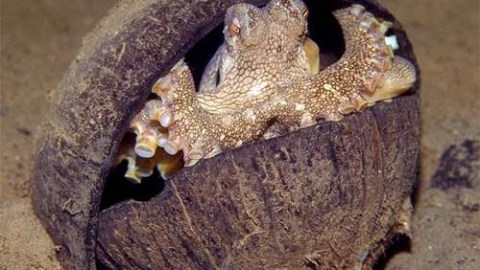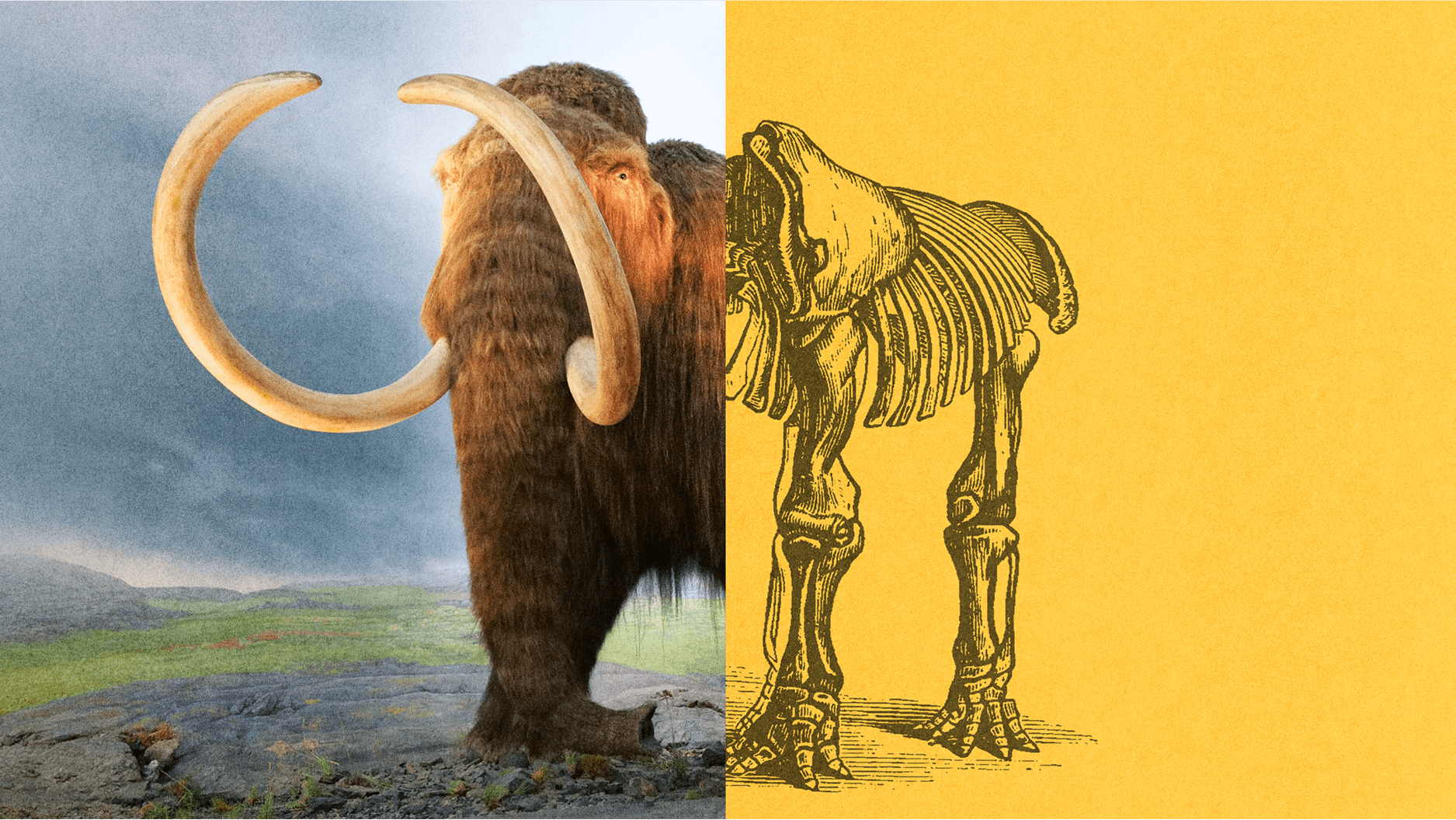Department of Non-Human Minds: Soft Power

If you want to speculate about an alternate-universe world without intelligent primates (and who doesn’t?), then your thoughts must turn to the octopus. Because the octopus has a large and structured brain (the ratio of brain matter to body size in octopuses is similar to that of mammals and birds, rather than lobsters and clams). And anybody who works with these animals will testify to their intelligence. Some have even proposed that they’re conscious in the same way that dogs and cats are.
Years ago at a neuroscience lab, the guy who ran the aquarium told me a story. They were keeping various fish and other sea creatures for experiments, so of course they tracked which species were in which tanks. So it was a problem when a few fish started disappearing every night. Obviously they didn’t keep anything in the same tank with a species that liked to have it for dinner, so this was a mystery. They only solved it by setting up video surveillance overnight. The camera showed that an octopus was heaving himself out of his tank after hours. He’d wriggle across the corridor, climb up into another tank, eat a couple of fish, and then go back to his own lockup. (A 19th-century version of the same M.O. is here.)
As Carl Zimmer has pointed out, it’s hard to grasp the intelligence of a creature that evolved to solve problems so different from those that confronted our land-dwelling, fruit-eating, lion-avoiding bipedal ancestors. But that’s precisely what’s exciting about finding common ground in the way we and they use our large brains–if you want to define aspects of intelligence in the abstract, a good place to look is in the traits it shares when applied by us and by water-dwelling, seafood-eating, lamprey-avoiding eight-armed creatures.
Today’s case in point: Tool use. In the journal Current Biology, a new paper reports that veined octopuses off the coast of Indonesia dig up sunken coconut shells, move them to new locations, and then use the shells as shelters. See for yourself here. The article is the first proposal that science formally recognize tool use by an invertebrate, but at least one diver (and probably others) have noticed similar behavior.
A couple of different turns in evolutionary history, and you come to a vacation spot on the shore, where members of the dominant species are enjoying their trip to the beach. And, then, as the sun starts to rise, packing up their things, stiffening their eight arms into temporary legs, and walking back home, back into the sea.





